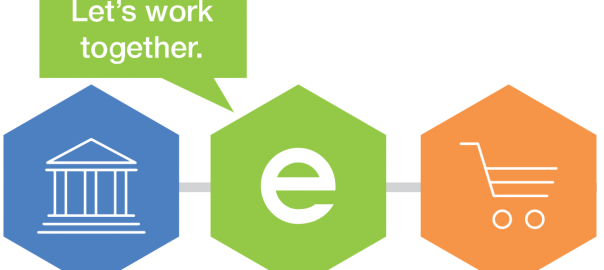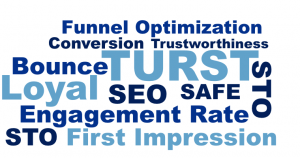3 Steps to Securing Your Business’s Online Transactions
During the age of the novel coronavirus, you’re worried about your business’s economic health. You cannot afford to take a major loss from a scam such as card-not-present fraud. To avoid CNP fraud and take control of your financial stability, take the following steps today.
Get Professional Help
When you primarily operate out of a brick-and-mortar store and you keep valuable goods in your building, you pay for a professional security service to monitor your grounds and make sure that no one gains unauthorized access. You should pursue the same policy online. Enlist the help of a chargeback company to reduce the number of times you lose money to fraudulent customers. Have your information technology specialist ensure that your transaction software is encrypted and secure. The more you invest in online protection, the less money you risk losing to fraud.
Stick With the Basics
The basics of online security apply just as much to complicated problems such as preventing fraud. Create strong passwords that cannot be easily guessed; avoid using your name, birthday or other public information. When designing your password, insert numbers, symbols and uppercase letters to make the combination even harder to guess. Mandate that your employees follow the same guidelines and change their passwords every six months. If your site allows customers to save their addresses, credit cards or other confidential information, design your system so that they cannot use common passwords such as “123456” or “password.” Ask new users to create security questions for when they forget their passwords. While these steps may seem elementary, many people forget them, and they play a crucial role in keeping you and your customers’ money safe.
Report Suspicious Activity Immediately
If you see activity from a customer that seems unusual or out of character, immediately report it to your IT specialist, online security company or another watchdog entity. Contact the customer with the email address or, preferably, phone number on file, and send a message to his or her bank asking for confirmation about the suspicious activity. Do not wait to see if the customer will engage in this behavior a second time; it is better to reach out about a false alarm than to let someone get away with fraud.
Protecting yourself from online fraud is complicated and hard to understand, especially because you cannot see the threats you are facing. If you take these actions, though, you set yourself up for safe and secure transactions online.
About the Author: Steve Durney

Ethoca VP, Product Sales
Over a 20-year career in operations, technology and shared services at JP Morgan Chase & Co., Steve was a champion of innovation to maximize fraud prevention, dispute recoveries and cost reduction. He led groups for Fraud, Disputes and Collections that covered internal case management system design.
(64)








